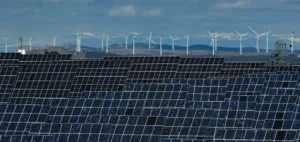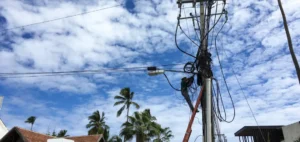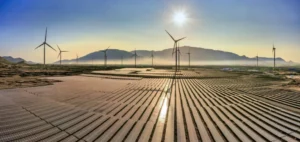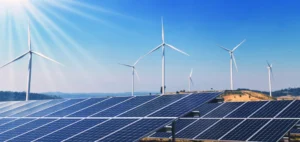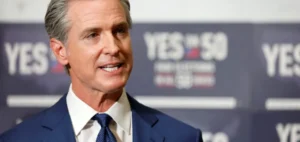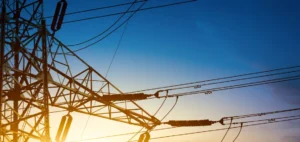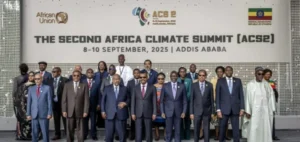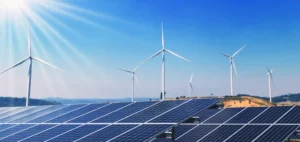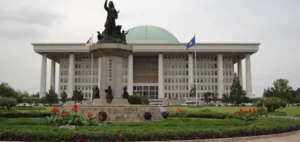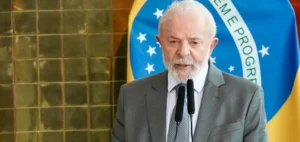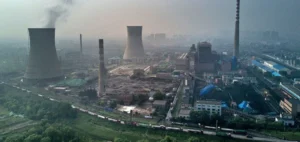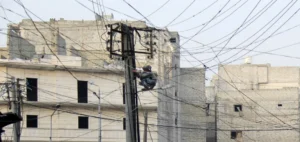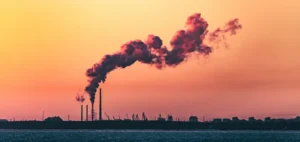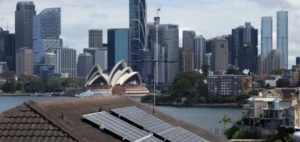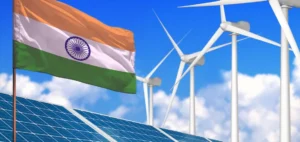South Africa, a major emitter of greenhouse gases that is struggling with its energy transition, has secured $497 million in aid to convert one of its old coal-fired power plants, the World Bank announced in a statement received Friday.
The continent’s leading industrial power, a delegation of which will accompany President Cyril Ramaphosa to COP27, which opens on Sunday in Egypt, still draws 80% of its electricity from coal, the mainstay of the South African economy employing nearly 100,000 people.
But the country is plagued by continuous power outages as the debt-laden state-owned utility Eskom is unable to generate enough electricity with aging facilities that are an average of 41 years old and poorly maintained.
The World Bank “approves $497 million in financing to reduce greenhouse gas emissions in South Africa and support a just transition,” the institution said.
The funds, in the form of loans and a grant, are to be used for the conversion of the Komati power plant in the northern province of Mpumalanga.
This one was put at the final stop Monday after more than 60 years of service.
With nine generating units, it consumed up to 12,000 tons of coal per day and produced twice as much electricity as all the existing plants in the country when it was completed.
It is to “serve as an example” for the energy transition of powerful South Africa and be converted into a renewable energy production site powered by 150MW of solar, 70MW of wind and 150MW of battery storage, the World Bank says.
“Reducing greenhouse gas emissions is a difficult challenge worldwide, and particularly in South Africa given the high carbon intensity of the energy sector,” said the organization’s president, David Malpass, quoted in the statement.
South Africa secured $8.5 billion in loans and grants from a group of rich countries last year to finance the transition to greener alternatives. Tense negotiations on how the money is to be spent were to take place ahead of COP27.
According to the World Bank, the country needs at least $500 billion to achieve carbon neutrality by 2050.




